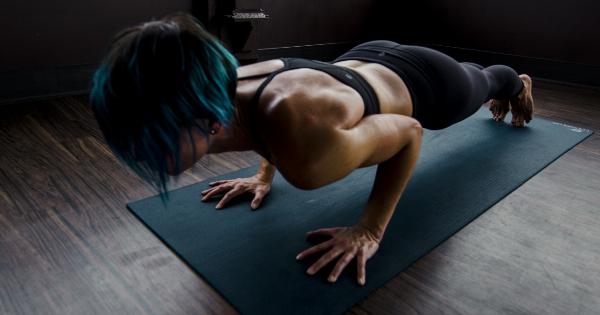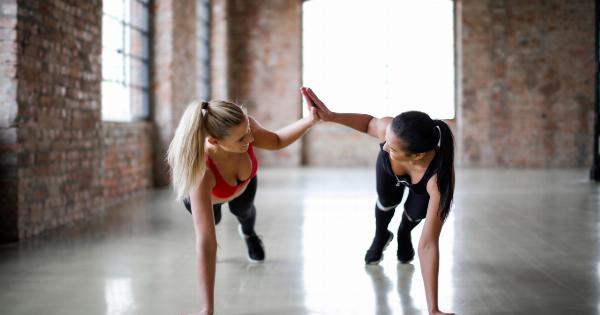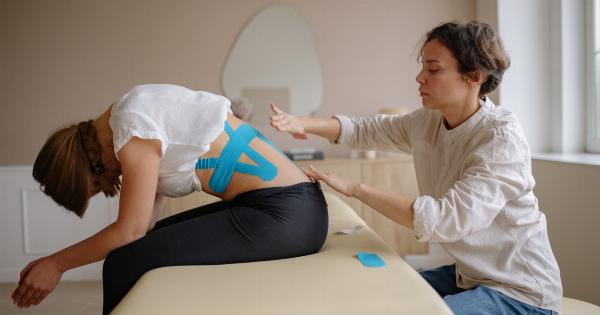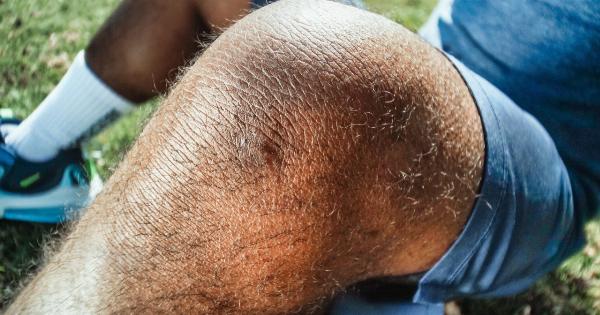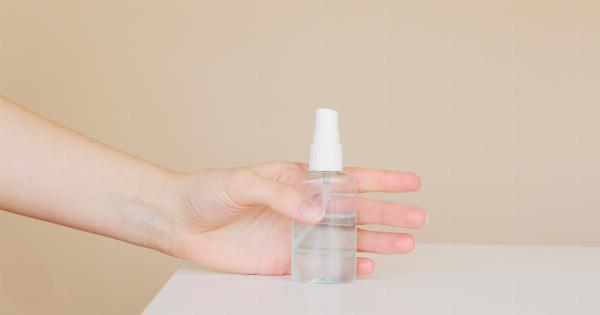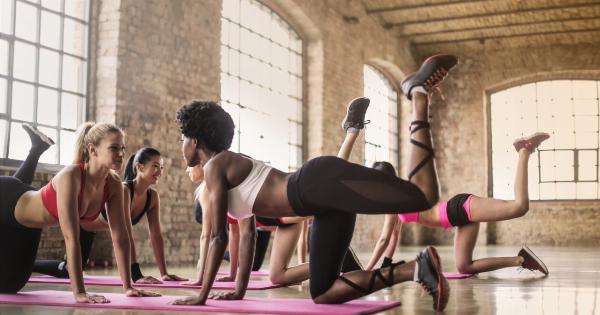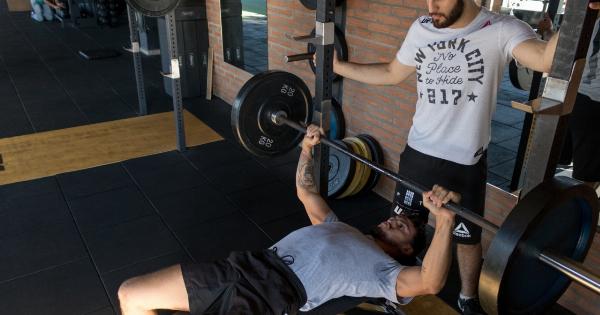Marathons can be a great way to challenge yourself physically and mentally, but injuries can occur during training or on race day.
It is important to know how to handle injuries during a marathon so that you can continue to pursue your fitness goals without risking further harm.
Prevention
The best way to handle injuries during a marathon is to prevent them from happening in the first place. Proper training and conditioning can help reduce the risk of injury.
Always warm up before beginning any exercise, and stretch before and after your workout. Consider working with a coach or trainer who can help you develop a workout plan that is appropriate for your fitness level and goals.
Common Injuries
There are several common injuries that can occur during a marathon. Some of these injuries include:.
- Muscle strains and sprains
- Runner’s knee
- Shin splints
- Stress fractures
- Blisters
- Dehydration
Immediate Treatment
If you experience an injury during a marathon, it is important to seek immediate treatment. Stop running and assess the injury. If it is a minor injury, you may be able to continue running.
If it is a more serious injury, it is important to seek medical attention as soon as possible.
First Aid Kit
It is a good idea to bring a small first aid kit with you on race day so that you can handle minor injuries on your own. Your first aid kit should contain:.
- Bandages and adhesive tape
- Gauze pads and adhesive strips
- Antibiotic ointment
- Burn cream and burn dressings
- Pain relievers such as ibuprofen or acetaminophen
- Antihistamine and insect bite relief medication
- Tweezers and scissors
- Alcohol wipes and hand sanitizer
Continuing the Race
If you are able to continue the race after an injury, it is important to listen to your body and take it slow. Do not push yourself too hard, as this can lead to further injury. Take breaks as needed, and walk if necessary.
Once you cross the finish line, seek medical attention if you have not done so already.
Recovery
After the marathon is over, it is important to give your body time to recover. Get plenty of rest and drink plenty of fluids. Ice any areas that are sore or swollen.
If you have experienced a more serious injury, follow your doctor’s instructions for recovery, which may include physical therapy or other treatments.
Conclusion
While injuries can be a risk during a marathon, knowing how to handle them can help you finish the race and continue to pursue your fitness goals. The key is prevention, preparation, and immediate treatment if necessary.
By taking care of your body and listening to its signals, you can run a successful marathon without putting yourself at risk for injury.




